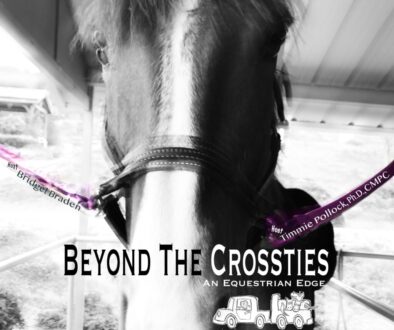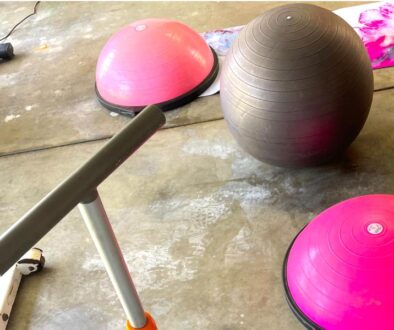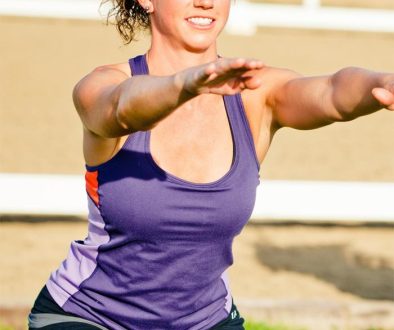BODY SQUATS
develop leg muscles for better support
The idea of a squat is for the legs to learn how to operate without stressing the lower back or the knees. Most people have a hard time with the form of a traditional squat whether it’s because of bad knees, limited range of motion or maybe they were never taught the correct form of a squat.
What’s so bad about never training a squat?
Not doing a squat is impossible. Everything we do incorporates squats. Sitting on the couch, sitting down to eat and all the other things we do to sit down… The legs bend, the hips drop back and the thighs have to engage holding the body’s balance until the pelvis is able to relax into the seated position. Squatting is natural for a human, it’s among the very first things developed in a toddler. Not training the squat is a problem because you more than likely are compensating in daily activities that involve squatting.
Most elderly people hurt themselves bending down and picking something up off the ground. Without watching and focusing on our form while doing a bunch of squats, how do we know that we are not doing something wrong?
See if you’re lifting evenly between the left and right hip as you come up out of a squat. Check to see if either knee is rotating left or right during the movement and watch if your ankles roll to the outside or the inside. These all play a part in how we operate our lower bodies in the saddle on a horse.
Why does a body squat matter to equestrians? Because a body squat is the same movement as posting the trot. Some riders post over a 100 times on horseback and if their right hips is dropping when the athlete gets tired, the horse will be the one feeling the compensation. If you never post the trot and never check the squat, more than likely you will have a limited range of motion in the hip flexors and ankles. The knees will eventually give you problems being underdeveloped.
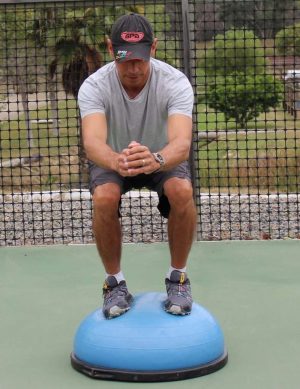
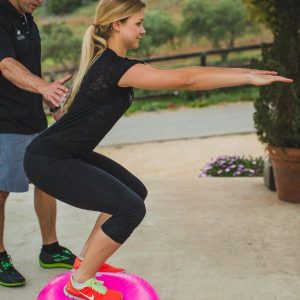
Box or Bench Squats
A terrific way to develop your muscles to help you lift out of the squat or seated position.
Slide to edge of bench and practice getting up off bench. Watch the position and try doing 20 full reps; taking as much time to lift as needed building the stamina for the squat. Use a pole or the help of a partner if you need assistance in balance. After you’re more comfortable standing and sitting, try lightly touching both seat bones on bench before lifting upward. If you lose your balance, sit and rest before continuing the repetitions.
Squat Shifts
Great version for people with bad knees. Go half way down and shift sideways. There’s no longer pressure on the front of the knee. Do the two squats version of body squats at least once a week for 3 sets.
Muscles develop over time rather than do once and it’s good. Regular practice of squats; like the bench squat and squat shifts. You will increase proper function for your hips, knees and ankles. In about 90 days, try other variations with weights. Hold a plate or medicine ball. adding resistance will challenge your lower body muscles so that when you’re in the saddle, your base of stability is capable of handling the work.





